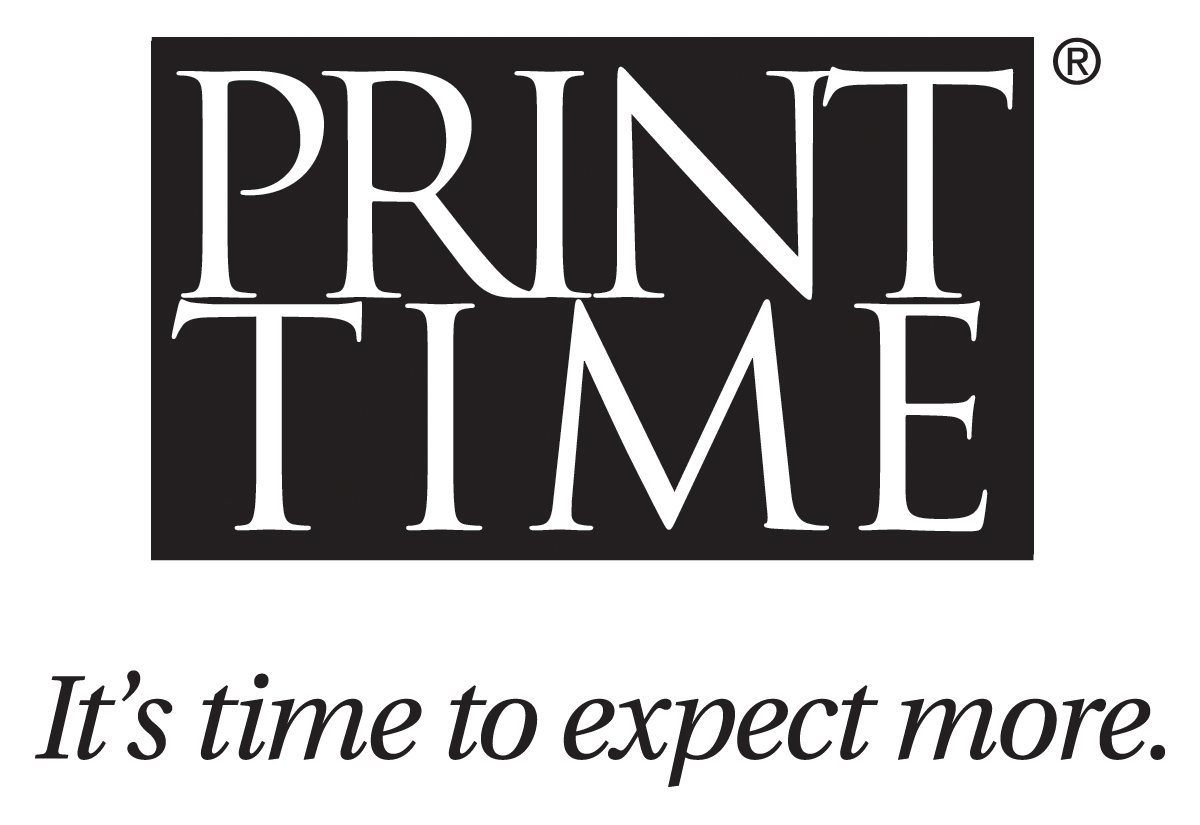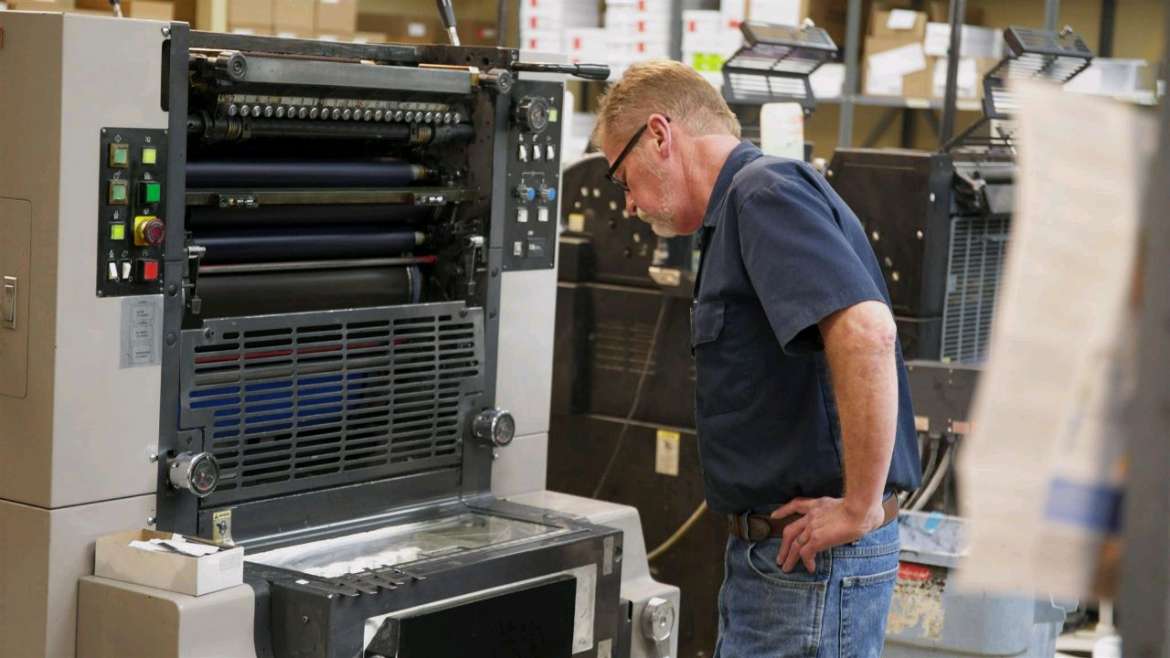Print quality refers to how accurate the printout is to your source material. This means that the colors must be specific down to the last hue, and the printout should be as sharp as the image you see on your monitor. There should be no deviation from the source material you sent to your printer and the printout on your hand.
However, many things can affect the quality of your print job. A common reason for such is that the dots per inch (DPI) capability of your image source is higher than the DPI capability of your printer. This means that the printout would be a down-scaled version of your source file, and when you will see pixelation and other mistakes on the color. This print quality isn’t a problem when it comes to office memos. Still, it would be a problem if you print collaterals that are going to be seen by many people and customers.
To avoid having sub-par quality for your printouts, you can ask for a print quality demonstration proof from your printer.
- Ask for print materials that exhibit the following: a range of colors, such as large areas with dark colors; tonal gradient; facial tones; and text.
- Use the exact same files for the print demos so you can see the quality of the presses. There might be discrepancies even if you use the same materials but different files.
- Document the print times and specific printer modes that were used to reach the print quality that you require. This way, you will be able to cite specific instructions to ensure that the quality would be the same every time.
- Ask for an on-site demonstration, particularly if you are looking to print prominent collaterals.
Your printer should be able to accommodate your requests, particularly when it concerns the print quality. We at Print Time promise to provide on-time printouts, every single time. If you’re looking for a one-stop-shop for printing in Kansas City, visit PrintTime.com.


Leave a reply